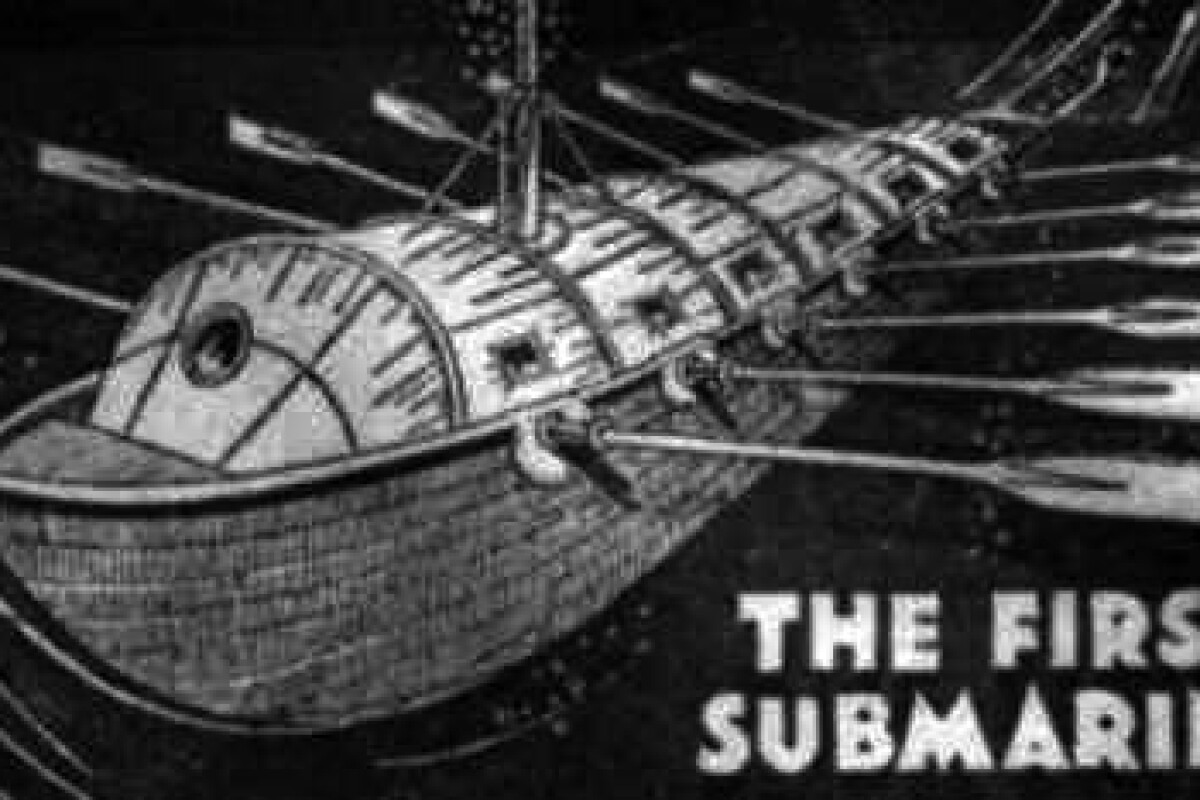Oldgateboatdriver
Army.ca Veteran
- Reaction score
- 2,267
- Points
- 1,010
As usual, the story of the 18 Halifax's is a little more complex.
First of all, the first 12 - batch I - were all to be the same design, known as the City class. And we got them all.
Batch II was to be modified if possible to carry AAW area weapons and replace the IRO's. They were to be known as the Province class and bear the names of provinces (the four largest plus one from each end of the country).
The Batch II was sacrificed as a result of the Mulroney government White Paper so that the money saved would cover the extra cost of switching the submarine replacements from 4 to 6 diesel to 6 to 8 nuclear boats. Had it happened, a navy with 12 HAL's and even just 6 Trafalgar (the preferred choice) boat would have been a lot more powerful than a HAL/Province group of 18 vessels plus 6 diesel boats.
Then two things happened: Huge federal deficits due to the recession of 1982 and, much more importantly, the sudden end of the Cold War as the USSR collapsed and the Wall fell, leading to a demand for a "peace dividend". That is what did in both the submarine replacement program (the whole thing, in any form) and the Batch II Province class vessels.
First of all, the first 12 - batch I - were all to be the same design, known as the City class. And we got them all.
Batch II was to be modified if possible to carry AAW area weapons and replace the IRO's. They were to be known as the Province class and bear the names of provinces (the four largest plus one from each end of the country).
The Batch II was sacrificed as a result of the Mulroney government White Paper so that the money saved would cover the extra cost of switching the submarine replacements from 4 to 6 diesel to 6 to 8 nuclear boats. Had it happened, a navy with 12 HAL's and even just 6 Trafalgar (the preferred choice) boat would have been a lot more powerful than a HAL/Province group of 18 vessels plus 6 diesel boats.
Then two things happened: Huge federal deficits due to the recession of 1982 and, much more importantly, the sudden end of the Cold War as the USSR collapsed and the Wall fell, leading to a demand for a "peace dividend". That is what did in both the submarine replacement program (the whole thing, in any form) and the Batch II Province class vessels.




